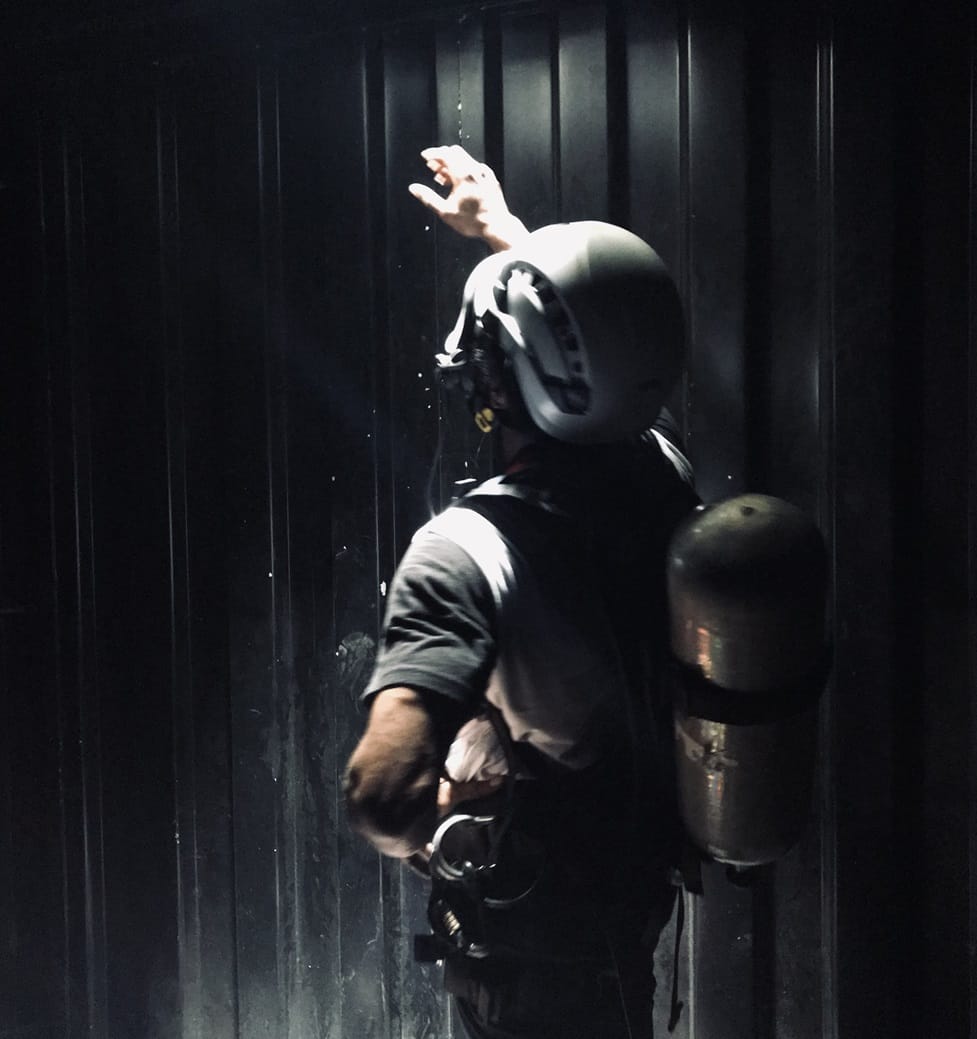Confined spaces are everywhere – from industrial tanks and silos to pipelines, storage bins, and pits. However, the dangers that lurk within these spaces often go unnoticed until it’s too late. When a tragedy occurs, it’s essential to understand the common characteristics that link confined spaces incidents, ensuring we’re better prepared in the future.
Multiple Victims in Single Incidents
One might think confined space incidents involve a lone worker succumbing to unseen hazards. However, statistics indicate that many accidents involve more than one victim. This phenomenon typically occurs when another worker, or even several, attempt to rescue the initial casualty without the proper equipment or training. As a result, the would-be rescuers become victims themselves.
The tragic irony is that the initial incident may have been preventable or survivable, but the unprepared rescue attempt multiplies the tragedy. This underscores the importance of proper confined space training – not only to avoid the initial incident but also to prevent untrained rescues.
Insufficient or Ineffective Training
One major factor contributing to confined space incidents is the lack of adequate training. Workers might not recognise the risks associated with confined spaces or may underestimate the complexity of a seemingly simple task.
Training gaps can arise due to:
- Over-reliance on past experiences.
- Underestimation of the space’s risks.
- Inadequate refreshers on safety protocols.
- Incomplete knowledge about the particular confined space’s characteristics.
Proper training should cover risk assessment, identification of hazards, safe entry and exit procedures, and emergency response. By ensuring workers have a comprehensive understanding of confined spaces, the probability of accidents can be significantly reduced.
Hazardous Atmospheres: A Silent Killer
Among the various dangers lurking within confined spaces, hazardous atmospheres claim the most lives. These atmospheres can be:
- Oxygen-deficient: Low oxygen levels can cause dizziness, unconsciousness, and death.
- Oxygen-enriched: High oxygen environments increase flammability risks.
- Toxic: Presence of harmful gases or vapours can cause poisoning.
- Flammable or explosive: Certain gases can ignite or explode when exposed to a spark.
Several factors contribute to hazardous atmospheres, including decomposition of organic materials, rusting, and the use of chemicals. Without continuous atmospheric monitoring, these dangers can remain hidden until it’s too late.
Lack of Rescue Plans and Provisions
Rescuing someone from a confined space isn’t as simple as pulling them out. It requires specialised knowledge, tools, and procedures. Sadly, many workplaces lack a comprehensive rescue plan for confined spaces, assuming that calling 000 is sufficient.
However, in a confined space emergency, every second counts. The time it takes for external rescuers to arrive, get briefed, and then attempt a rescue can be the difference between life and death. It’s vital to have:
- A designated and trained rescue team on site.
- Proper rescue equipment readily available.
- Regular drills to ensure everyone knows their role during an emergency.
Even with these provisions, the first line of defence should always be prevention. If workers can avoid entering a confined space, or if risks can be minimized through proper planning and equipment, then the need for a rescue can be eliminated entirely.
Conclusion
Confined spaces, while essential in various industries, can turn deadly in the blink of an eye. By recognising the common threads that run through most confined space incidents and fatalities, we can take proactive measures to ensure worker safety.
Regular and comprehensive training, continuous monitoring of atmospheres, and a well-practiced rescue plan are essential. Remember, the goal isn’t just to react to incidents, but to prevent them. By emphasising safety and preparedness, we can protect our most valuable resource – our people.
If you would like to know more or would like our assistance in the areas mentioned check us out at www.intrinsicsafety.com.au. Alternately, call us on 1300 990 336 or email us at [email protected]



